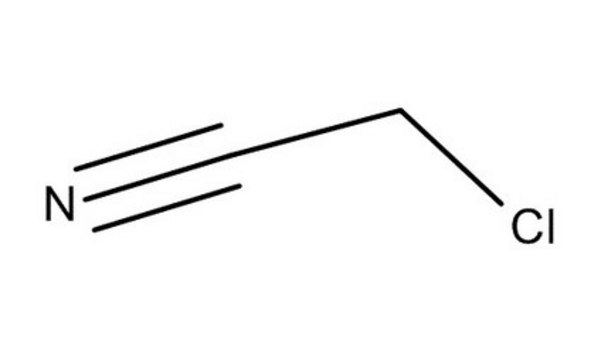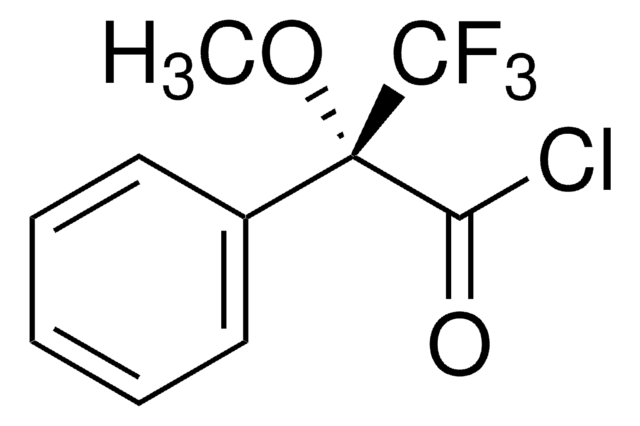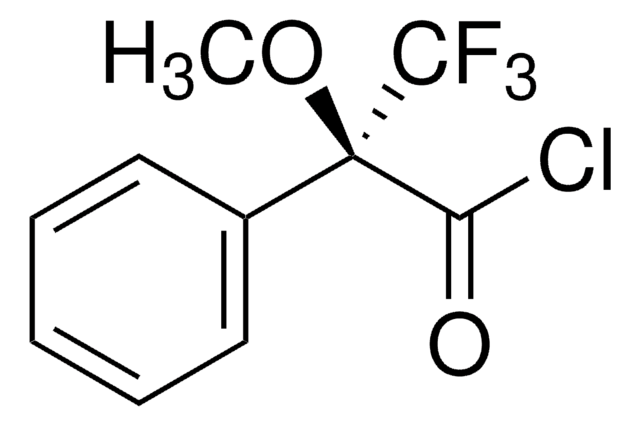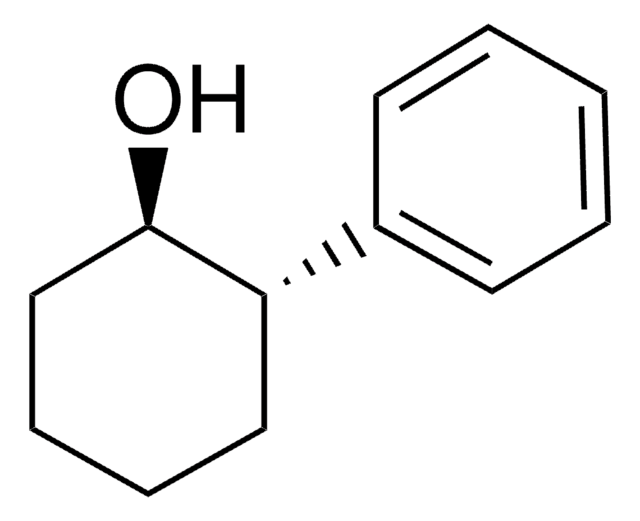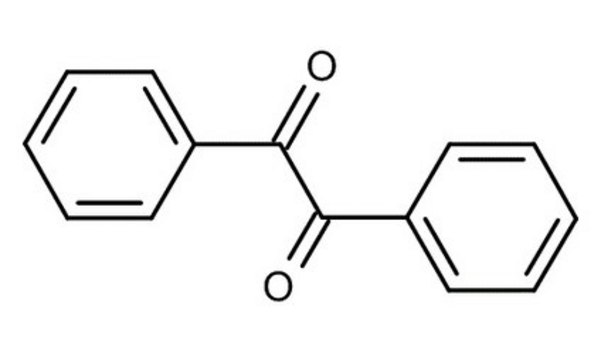About This Item
Recommended Products
vapor density
3 (vs air)
vapor pressure
1.78 psi ( 20 °C)
grade
purum
Assay
≥99.0% (GC)
refractive index
n20/D 1.422 (lit.)
n20/D 1.423
bp
124-126 °C (lit.)
solubility
water: insoluble
density
1.193 g/mL at 25 °C (lit.)
SMILES string
ClCC#N
InChI
1S/C2H2ClN/c3-1-2-4/h1H2
InChI key
RENMDAKOXSCIGH-UHFFFAOYSA-N
Looking for similar products? Visit Product Comparison Guide
General description
replaced by
Signal Word
Danger
Hazard Statements
Precautionary Statements
Hazard Classifications
Acute Tox. 2 Dermal - Acute Tox. 3 Inhalation - Acute Tox. 3 Oral - Aquatic Chronic 2 - Eye Irrit. 2 - Flam. Liq. 3
Storage Class Code
3 - Flammable liquids
WGK
WGK 3
Flash Point(F)
118.4 °F
Flash Point(C)
48.0 °C
Personal Protective Equipment
Regulatory Information
Choose from one of the most recent versions:
Certificates of Analysis (COA)
It looks like we've run into a problem, but you can still download Certificates of Analysis from our Documents section.
If you need assistance, please contact Customer Support.
Already Own This Product?
Find documentation for the products that you have recently purchased in the Document Library.
Our team of scientists has experience in all areas of research including Life Science, Material Science, Chemical Synthesis, Chromatography, Analytical and many others.
Contact Technical Service
